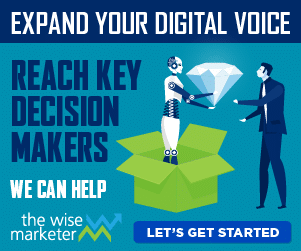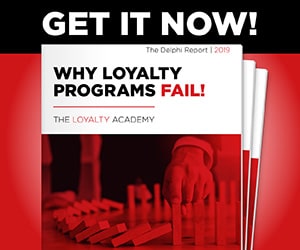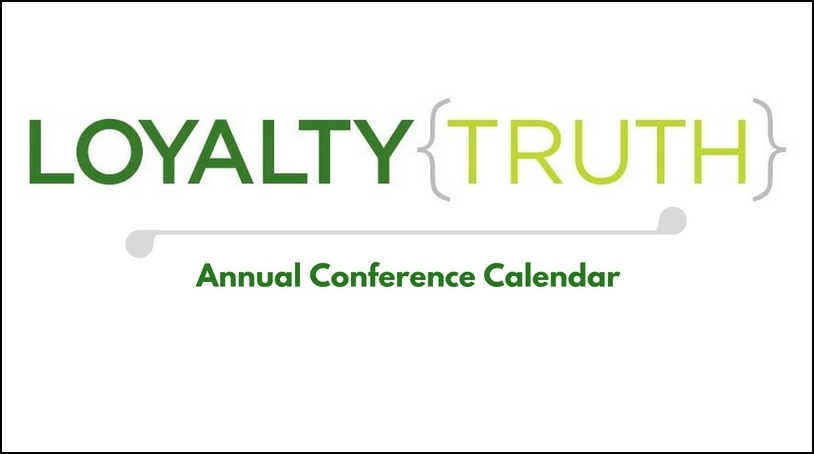The new model of Social Loyalty is based on incorporating digital communication channels into customer-centric incentive programs. Connecting the dots is just a means to and end, however, as the driving force of Social Loyalty is to enable brands to understand and adapt to how consumers are making purchase decisions and to meet them where they are, whether on or off-line.
People are increasingly mobile, evidence shorter attention spans, and want information available to them at all times to facilitate decision making. The mobile handset has become the “consumer command center” that helps most of us find where we are going, search for offers and communicate the good deals with our friends. The game for marketers is to engage consumers in close physical proximity or timing of a purchase, and to hold their attention long enough to influence that next purchase. With so many in-category competitors (Walgreens vs. CVS, ExxonMobil vs. BP, Best Buy vs. HH Gregg) with locations near each other, it is not a stretch to believe effective use of location based marketing can produce good results for retailers.
Three new examples illustrate the level of experimentation being undertaken by large retailers and quick serve restaurants in today’s market:
- Walgreens and Foursquare are linking to reward customers who check-in at the store via Foursquare to receive a product related coupon which can be redeemed immediately using optical scanners that read directly from a Smartphone screen.
- McDonald’s and Coca-Cola have partnered to use “mobile bar codes”, equivalent to QR codes, on soda cups as the means to get customers to enter a sweepstakes to win a trip to next year’s NCAA Men’s Final Four.
- American Express is working with Twitter, allowing cardholders to sync their cards with the micro-blogging social network and receive discounts and special offers from major retailers if they tweet using a designated hashtags. Upon making a qualified purchase, AmEx cardholders earn a statement credit.
The state of development we are witnessing for location based promotions is still very early, and each of the examples cited touches on a distinct element of location based marketing. Looking closer at each example, there are clear differences:
- In the case of McDonald’s and Coca-Cola, it makes perfect sense to manage sweepstakes registration “in the moment”. While customers might miss the needed information through mass media channels, a soda cup can roll around in someone’s car for days – if you have teenagers, you can understand that days turn into months. Other brands like Taco Bell, L’Oreal, and Juicy Couture have successfully used Smartphone-readable codes on product packaging to encourage consumers to register for promotions, contests and sweepstakes.
- Walgreens has the right idea by offering coupons to those customers checking-in at their stores and their testing of new optical scanners make the customer experience of coupon redemption quick and easy. The promotion really speaks to those consumers already inclined to use check-in services like Foursquare and is likely to build repeat visits among this group, rather than cause people who don’t normally play with Foursquare to suddenly check-in. Walgreens would have a better foundation from which to serve up offers if it knew more about its customer base and the initial offer of $.50 off Arizona Ice Tea is pure guesswork. A loyalty program which allowed connection between consumer and product purchased would go a long way to closing this gap.
- The promotion of purchases with AmEx cards on Twitter is the shakiest of the three illustations. The “sync, tweet and save” promotion is akin to dog training in that it attempts to prove that a specific behavior can be influenced whether or not that behavior has a purpose. Give a dog a bone and he’ll roll over. Entertainment yes, purpose questionable. Tweeting self serving messages just to earn discounts and cash back serves a purpose for the sender, but has potential to decimate a follower base. Read these comments on a recent @RetailWire discussion and you’ll see a range of cautions from a trustworthy group of retail marketing experts (I even chimed in).
Location based marketing is gradually being defined through the courage of big brands launching small experiments. Not all will succeed, some may annoy and the worst may create privacy concerns. In the process, brands should return to the core tenets of social loyalty and test promotions not just to “see if they work” but with a higher purpose in mind – to delight customers for the long run and to meet specific ongoing business objectives.




